Seamless connectivity is essential to first responders and the organizations that support them. Understanding the complexity of the communications infrastructure that serves this unique community, Nextivity is focused on providing easy-to-use, effective, coverage solutions.

![]() Dispatch Help
Dispatch Help
(HPUE / Cellular)
![]() Report Incident
Report Incident
9-1-1 (Cellular)
![]() Respond to Scene
Respond to Scene
(HPUE)
![]() Report Incident
Report Incident
9-1-1 (Cellular)
![]() Coordinate
Coordinate
In-Building Response
(ERCES)
![]() Notify Community
Notify Community
Text (Cellular)
Coordinate Care
(HPUE / Cellular)
In-Building Public Safety to Report Incidents
In-Building Code Compliance to Support Emergency Responders
High Power, Critical Use Cellular Connectivity
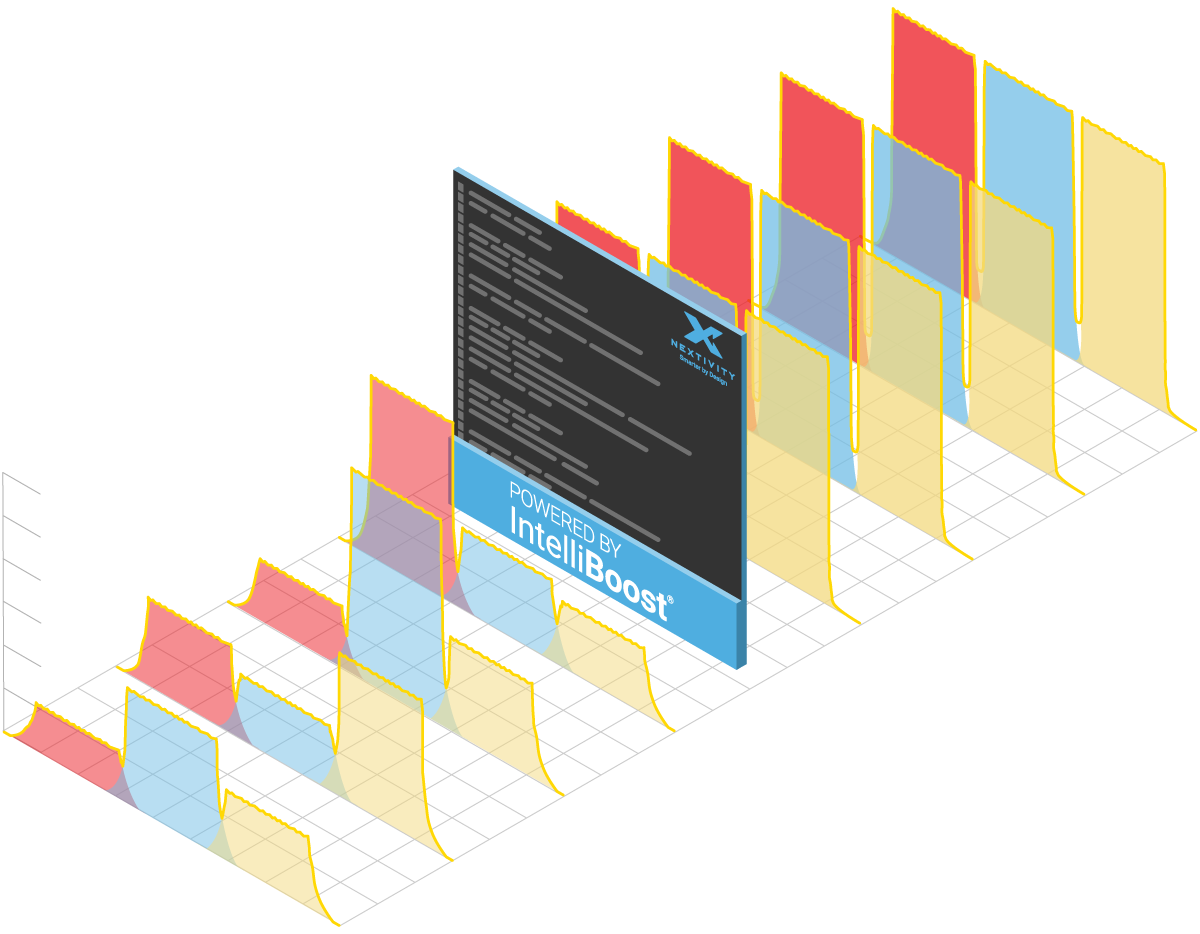
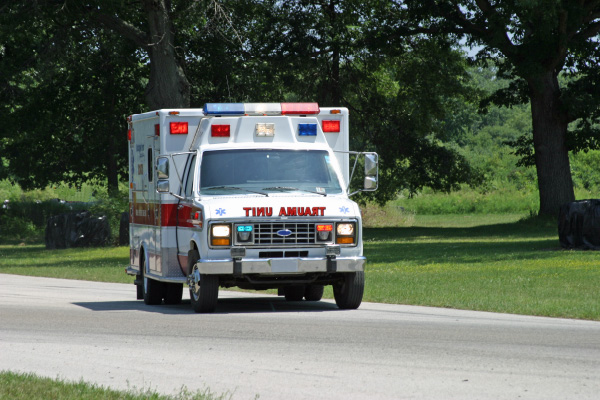
As world leaders in HPUE, we enjoy customer ride-along stories that prove our technology delivers 6x the power of standard solutions. We bring cell signals to remote and shielded areas, increasing safety and coordination.

We’ve surprised more than a few AHJs with our WAVE application. By speeding up system deployment and optimization, WAVE brings new and existing buildings into compliance in record time.
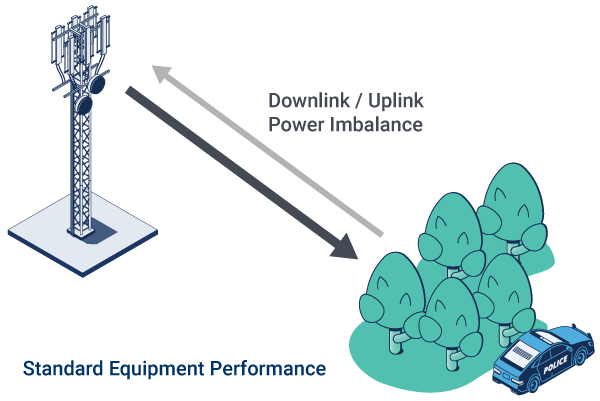
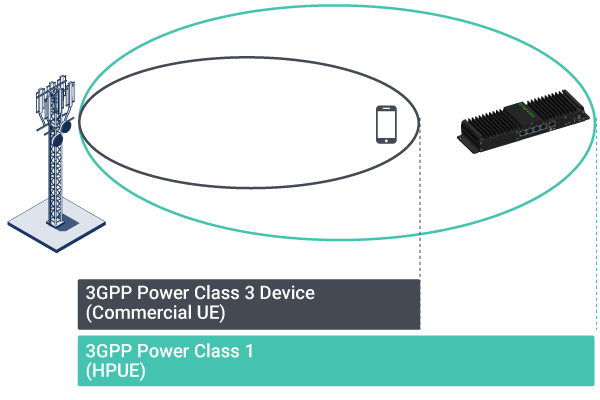

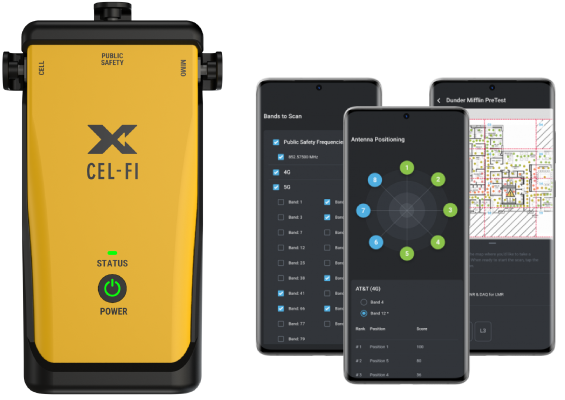

Case Study
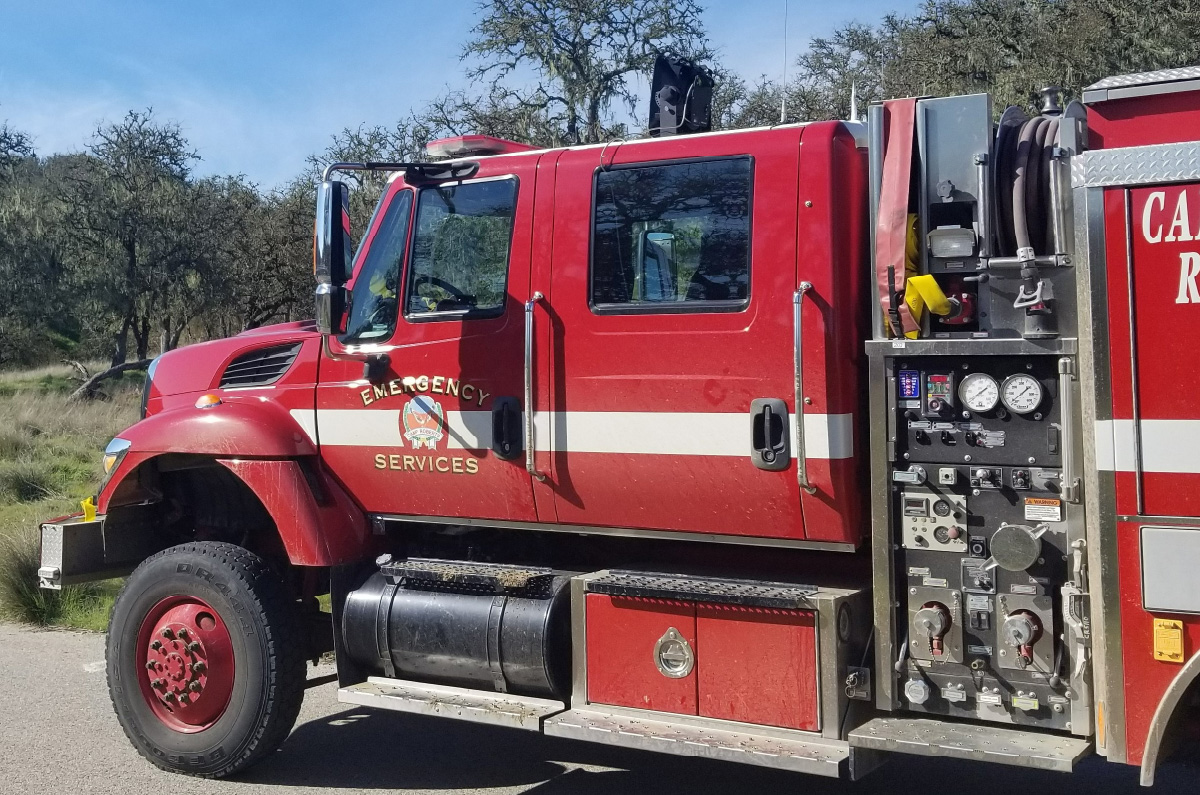
Case Study
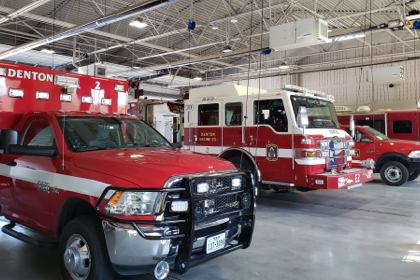
Case Study
Nextivity engineers our solutions from the ground up to ensure your project is hassle-free. From spec to design to installation and maintenance, we’ve thought of everything. Our customers are amazed how quickly we are in and out.
If you are a Nextivity Partner, please log into the Partner Portal for assistance or use this form if you are not able to log into the portal.
Keeping people connected through the world’s smartest cell phone signal boosters, public safety communication systems, private networking solutions, and HPUE devices. Powered by proprietary IntelliBoost® technology.
16550 West Bernardo Drive
Building 5, Suite 550
San Diego, CA 92127
+1 (858) 485-9442
[email protected]
©2024 Nextivity, Inc.